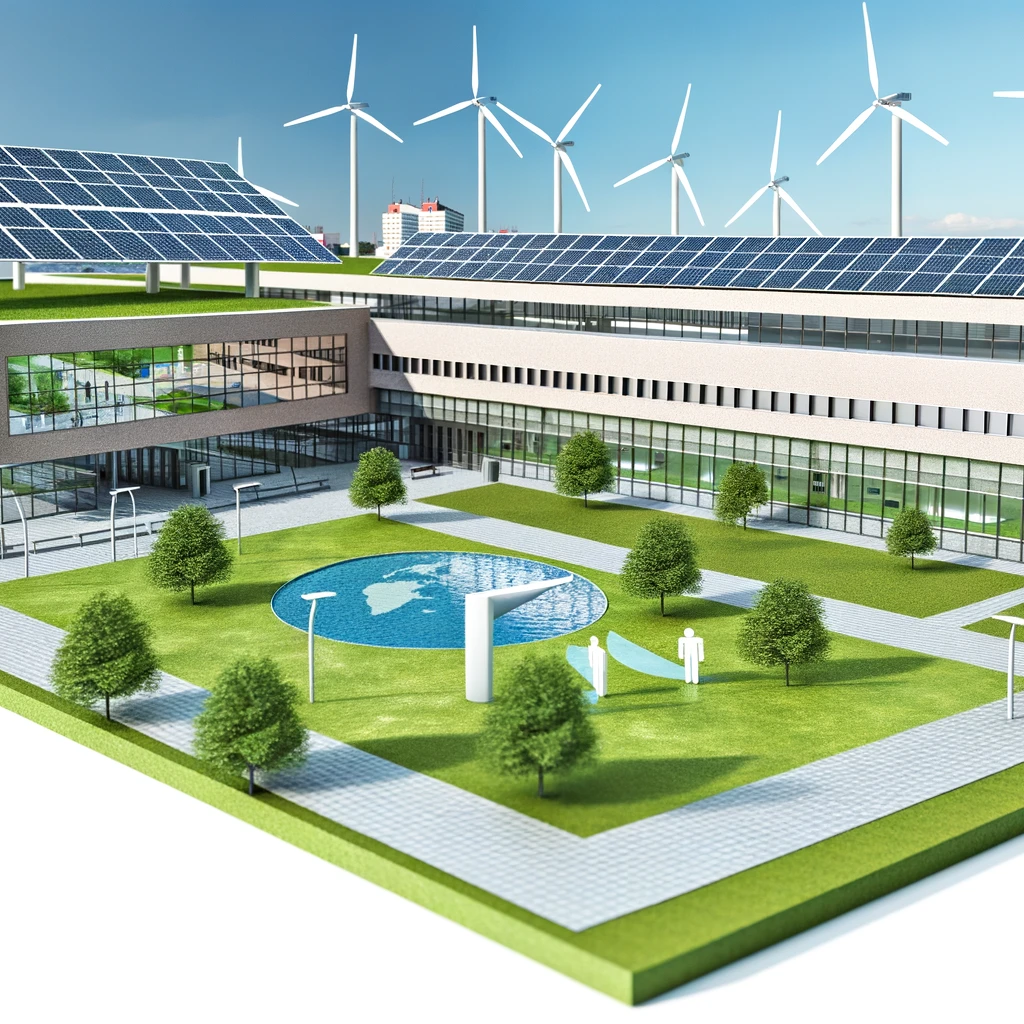
Building for Health: Sustainable Practices in Hospital Design
In today's world, where environmental consciousness is increasingly important, the healthcare industry is making strides towards sustainable practices in hospital design. Not only do these practices aim to reduce the carbon footprint of healthcare facilities, but they also enhance the healing environment for patients and staff.
The Importance of Sustainable Hospital Design
Hospitals are one of the most resource-intensive buildings, consuming large amounts of energy and water. By adopting sustainable practices, hospitals can significantly reduce their environmental impact while promoting better health outcomes. Sustainability in hospital design is not just a trend but a necessary evolution to meet the challenges of modern healthcare.
Key Elements of Sustainable Hospital Design
Energy Efficiency
Energy efficiency is a cornerstone of sustainable hospital design. Implementing energy-efficient systems, such as LED lighting, smart HVAC systems, and renewable energy sources like solar panels, can greatly reduce energy consumption. These systems not only lower operational costs but also provide a more comfortable environment for patients.
Water Conservation
Water scarcity is a global issue, and hospitals are significant consumers of water. Sustainable design practices include low-flow plumbing fixtures, rainwater harvesting systems, and wastewater recycling facilities. These measures ensure that water use is minimized without compromising the hospital's functionality.
Indoor Air Quality
Indoor air quality (IAQ) is crucial for patient and staff health. Sustainable hospital design focuses on using non-toxic building materials, advanced air filtration systems, and proper ventilation to maintain high IAQ. This reduces the spread of infections and enhances the overall well-being of everyone in the facility.
Designing for Healing and Health
Natural Lighting and Views
Incorporating natural lighting and views of nature in hospital design has been shown to improve patient recovery times and reduce stress. Large windows, skylights, and the strategic placement of gardens and green spaces help create a calming and healing environment.
Flexible Spaces
Modern hospital design emphasizes flexibility to adapt to changing needs. Modular and multi-functional spaces allow hospitals to efficiently manage patient flow and accommodate new technologies or procedures without extensive renovations.
Use of Sustainable Materials
The choice of materials in hospital construction is crucial for sustainability. Using locally-sourced, recycled, or renewable materials reduces environmental impact and supports local economies. Sustainable materials also contribute to the overall healthiness of the hospital environment.
Challenges and Solutions in Implementing Sustainable Practices
While the benefits of sustainable hospital design are clear, there are challenges such as higher initial costs and resistance to change. However, the long-term savings and health benefits outweigh these challenges. Engaging stakeholders early in the design process and educating them on the benefits can facilitate smoother implementation.
The Future of Sustainable Hospital Design
As technology and innovation continue to evolve, the future of sustainable hospital design holds exciting possibilities. The integration of smart building technologies, telemedicine, and eco-friendly transportation options are just a few examples of how hospitals can continue to lead in sustainability.
In conclusion, sustainable practices in hospital design not only benefit the environment but also enhance the quality of care provided to patients. By prioritizing sustainability, hospitals can create healthier, more efficient, and cost-effective facilities that serve the needs of both patients and the planet.
Related Articles





